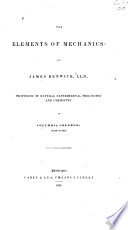 | James Renwick - Mechanics - 1832 - 560 pages
...being used singly. These simple machines are called the Mechanic Powers. 133. The Mechanic Powers are six in number, viz. : The Lever, the Wheel and Axle, the Pulley, the Wedge, the Inclined Plane, and the Screw. It has already been stated, that their properties may be... | |
 | Sir Richard Phillips - Encyclopedias and dictionaries - 1832 - 450 pages
...and La Grange. The mechanical powers may be reduced to three, but they are usually expressed as six, the lever, the wheel and axle, the pulley, the inclined plane, the screw, and the wedge. In a single movable pulley the power gained is doubled. In a continned combination... | |
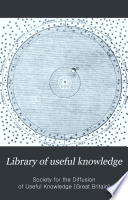 | Physics - 1832 - 642 pages
...instruments or elements of which every machine, however complicated, must be constructed : they are the Lever, the Wheel and Axle, the Pulley, the Inclined Plane, the Wdlge, and the Serete. MELTING POINT. That point of the thermometer which indicates the heat at which... | |
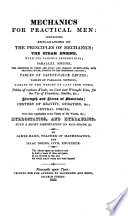 | James Hann, Isaac Dodds - Mechanics - 1833 - 234 pages
...weight, or overcome a great resistance, by a small force. The mechanical powers are usually accounted six in number, viz. the Lever, the Wheel and Axle,...Pulley, the Inclined Plane, the Wedge, and the Screw. i THE LEVEE. 35.- A Lever is an inflexible rod, moveable about a certtre of motion, or fulcrum, and... | |
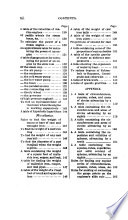 | William Templeton (engineer.) - 1833 - 224 pages
...help of the machine. The simple machines, usually called mechanic powers, are six in number, namely, the Lever, the "Wheel and Axle, the Pulley, the Inclined Plane, the Wedge, and the Screw. There are three kinds of levers, caused by the different situations of the weights, props, and powers.... | |
 | Thomas Dick - Education - 1833 - 576 pages
...of a few bars of thin iron ?" And when we consider that all the mechanical powers may be reduced to the lever, the wheel and axle, the pulley, the inclined plane, the * Lord Brougham. wedge and the screw, how astonishing are the forces exerted, and the effects produced,... | |
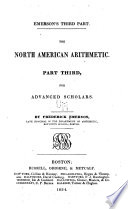 | Frederick Emerson - Arithmetic - 1834 - 300 pages
...resistance than could be effected by the direct application of natural strength. They are usually accounted six in number; viz. the Lever, the Wheel and Axle,...Pulley, the Inclined Plane, the Wedge, and the Screw. The advantage gained by the use of the mechanical powers, does not consist in any increase of the quantum... | |
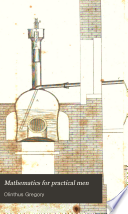 | Olinthus Gregory - Mathematics - 1834 - 484 pages
...indeed, are often employed separately, are called Mechanical Powers. Z. Of these we usually reckon six : viz. the lever, the wheel and axle, the pulley, the inclined plane, the wedge, and the screw. To these, however, is sometimes added the funicular machine, being that which is formed by the action... | |
 | 1834 - 440 pages
...machines, the principles on which their energy depends ; the properties of the mechanical powers—the lever, the wheel and axle, the pulley, the inclined plane, the wedge and the screw—and the effects resulting from their various combinations. From the investigations of philosophers... | |
 | George Combe - Education - 1834 - 144 pages
...bodies. Cohesive attraction. Capillary attraction. Gravitation. Laws of motion. Mechanical powers. The lever. The wheel and axle. The pulley. The inclined plane. The wedge. The screw. Mechanical properties of fluids. Specific gravity. Mechanical properties of air. On the... | |
| |